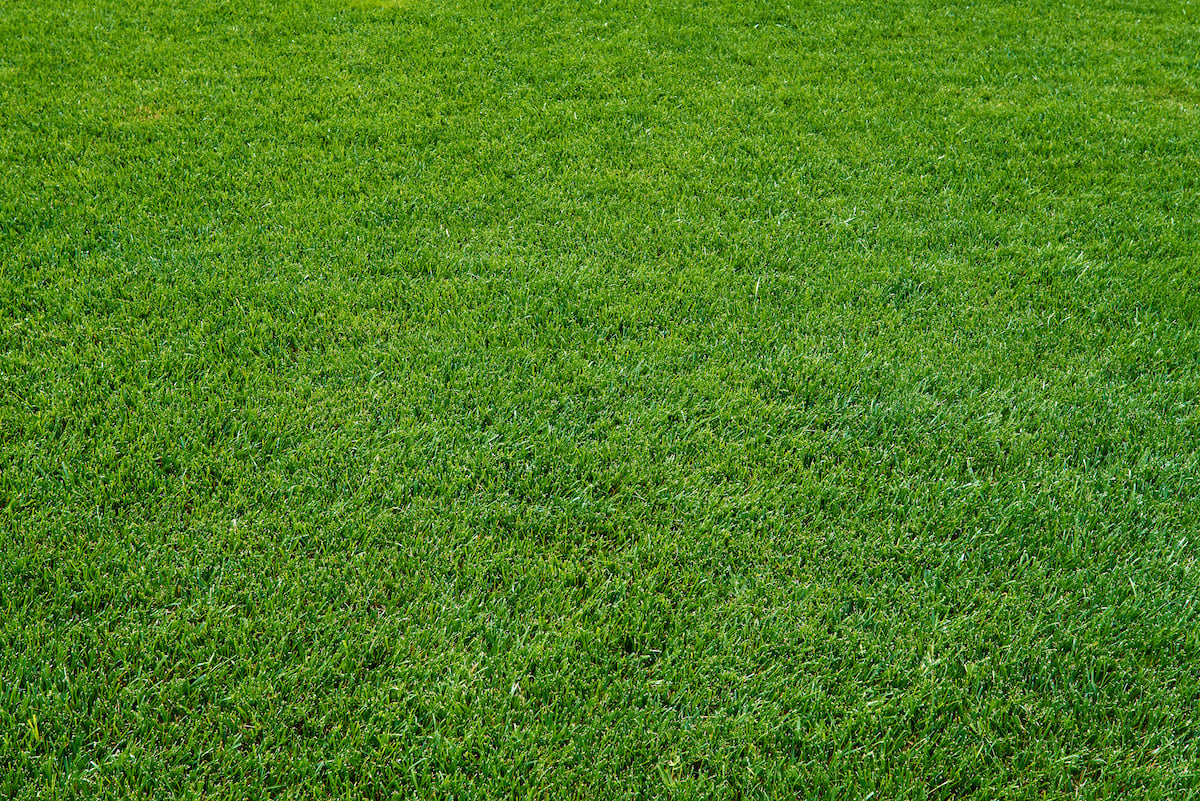
When it comes to having a thick and thriving lawn, bare spots are a major source of frustration. There are many reasons that you might have bare spots on your lawn (pests, disease, weather conditions, lawn care mistakes, dog urine damage, or even soil problems to name just some possible culprits).
Clearly, there are a lot of possible reasons for bare spots in your lawn. But no matter what the reason, you want to swiftly fix bare spots in your lawn and get it back into optimal shape.
That being said, you might be wondering will grass fill in bare spots on its own? Do you really need to do something for these bare spots or will they fix themselves if you give it enough time?
The answer to that is dependent upon your grass type. In this article, we’ll dive into a more in-depth explanation about how grass grows as well as what you can do to fix bare spots in your lawn.
A lot of homeowners want to know: Will lawn grass spread?
The answer to that is, it depends.
To answer in more detail, we have to first answer How does grass spread?
The way that grass grows (or spreads) depends on the specific grass type that you’re dealing with. Some grass grows laterally and will naturally fill in bare spots on the lawn. These are either Rhizome grasses or Stolon grasses.
Bermudagrass is an example of a grass type that has both rhizomes and stolons.
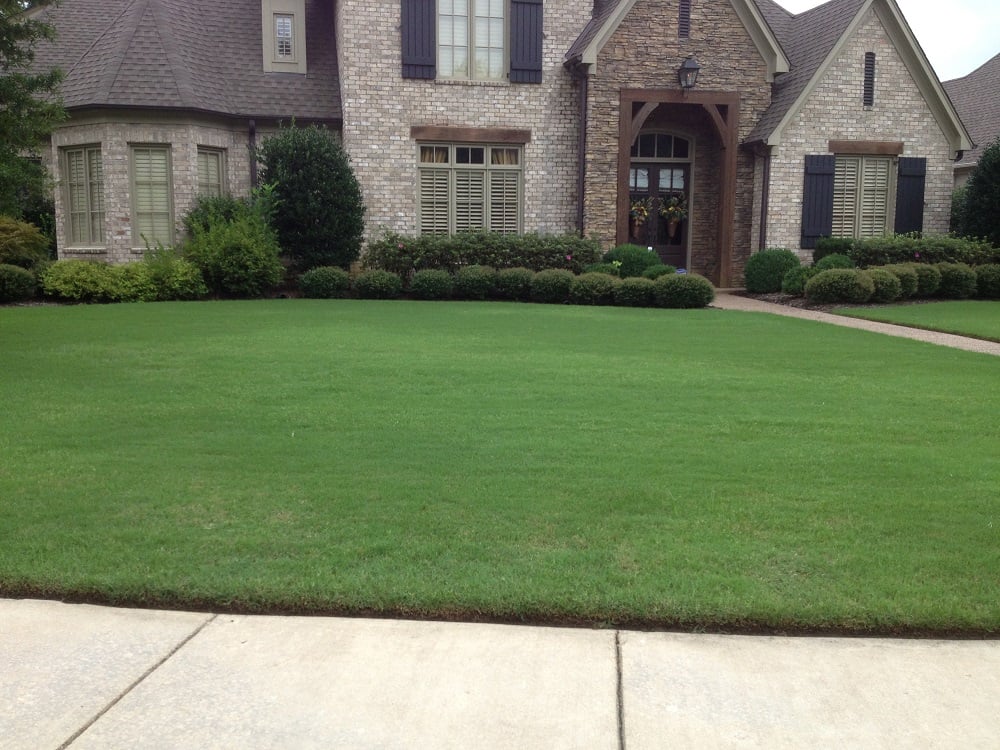
Other types of grass are clump-forming and grow vertically, but not laterally. These grass types are not going to spread and fill in bare spots on their own.
While it might then seem obvious to choose a grass that can fill in bare spots on its own, as with any grass type there are pros and cons to its use. The downsides to some of these grass types can sometimes outweigh the benefits of filling in bare spots.
For instance, though we know a lot of people love Bermudagrass, it can require a lot more maintenance than other grass types. Its aggressive growth often requires more frequent mowing and higher maintenance in terms of fertilization.
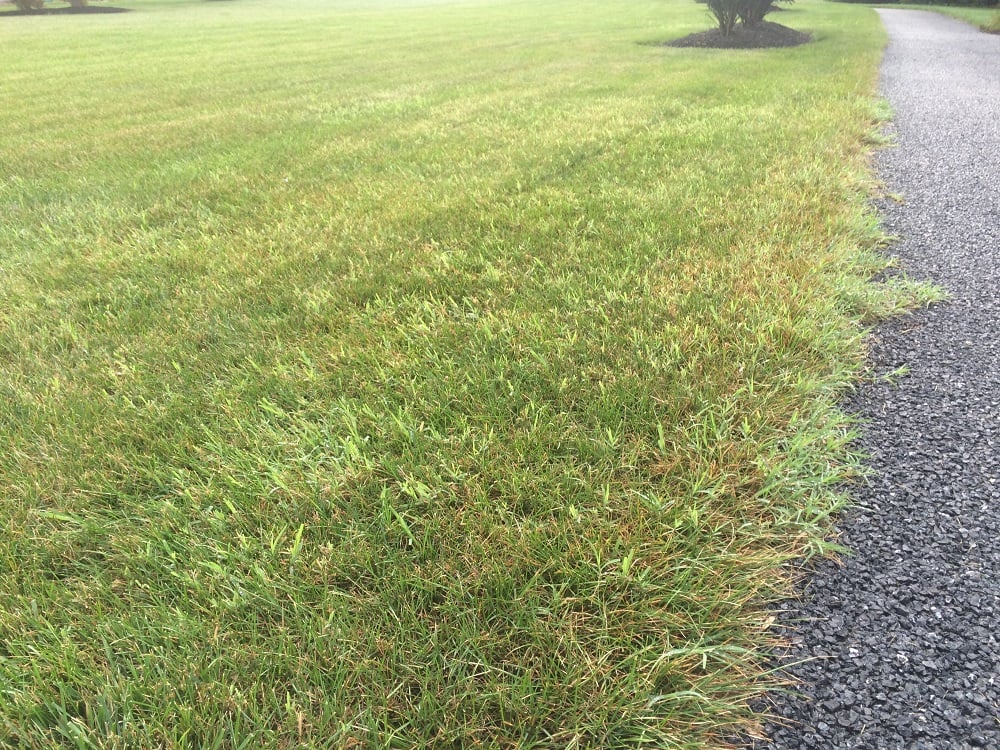
It all really depends upon your wants, needs, and expectations. At the end of the day, we want to help set you up for the best possible success for your specific lawn.
Because there are pros and cons to different grass types, we tend to recommend using a mix. The idea is to try and give your lawn the best of all worlds.
At Master Lawn, we generally prefer to seed lawns with an 80 percent Tall Fescue/ 20 percent Rye blend mix. Tall Fescue is more shade tolerant than other cool-season grasses and is valued for its adaptability. It is also known to be fairly disease-resistant.
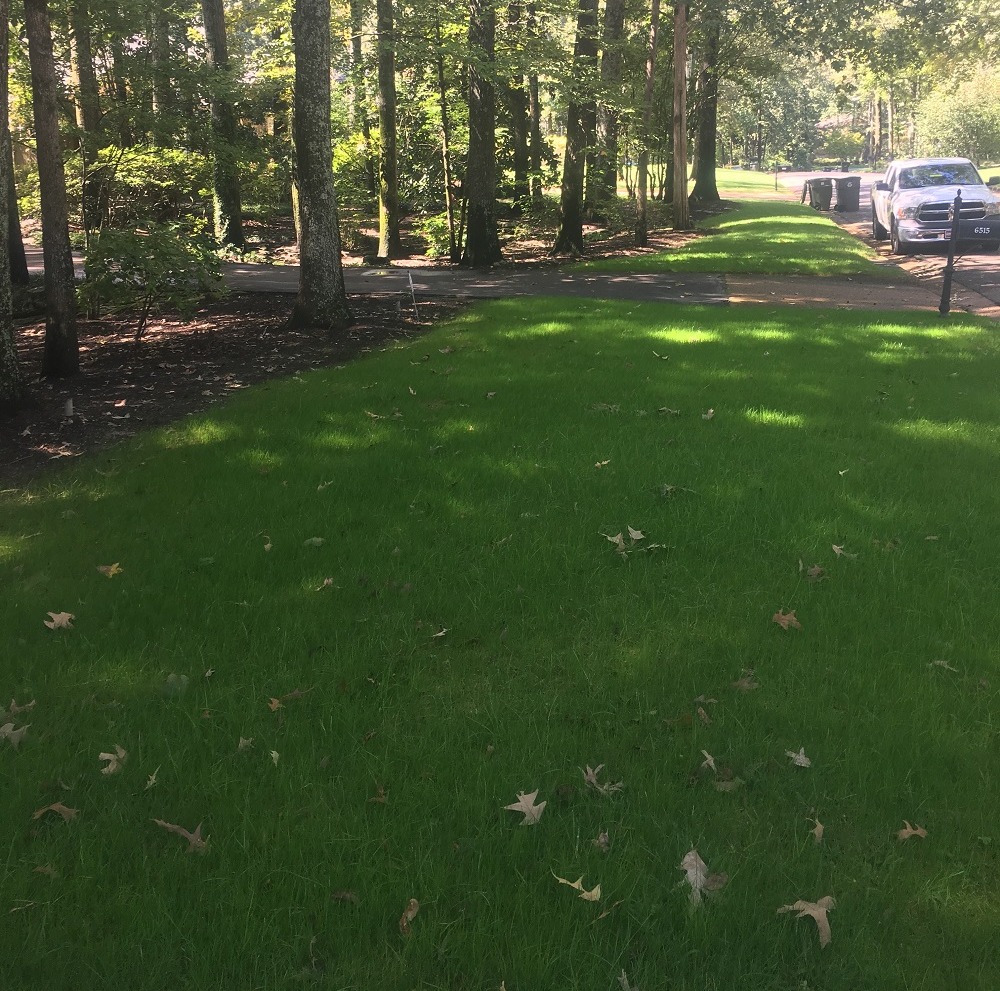
However, Tall Fescue lawns do benefit from ongoing overseeding in order to continue to maintain their density based on the way that they grow.
If you want to learn more about grass types and what is best for your Memphis lawn we wrote an entire article on the topic.
Chances are, you are reading this article to understand does grass spread on its own because you want to make sure you are filling in ugly bare spots on your lawn.
First and foremost, it’s always important to get to the root cause of why you have bare spots in the first place. This will help prevent the problem from occurring again and again.
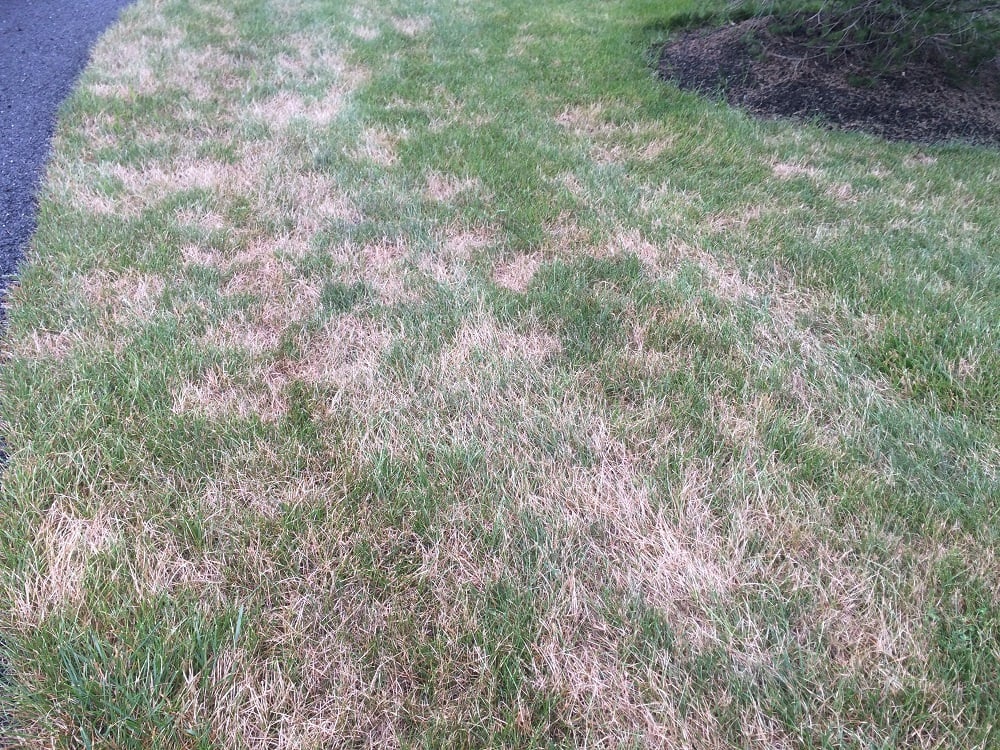
As we mentioned at the start of this article, there are often a lot of potential reasons for bare spots. You could have had a lawn disease attack the lawn, pests could have invaded, or maybe there was a chemical spill or your dog uses the same spots in the lawn to go the bathroom.
Obviously, each of these causes is going to have different solutions (some are easier to fix than others). But taking steps to fix the lawn issue that is causing your bare spots will be important to get your lawn back on track.
Once you’ve implemented a solution, you can start to address the bare spots with new grass. When it comes to this step, some homeowners want to know: Can I just throw grass seed on my lawn?
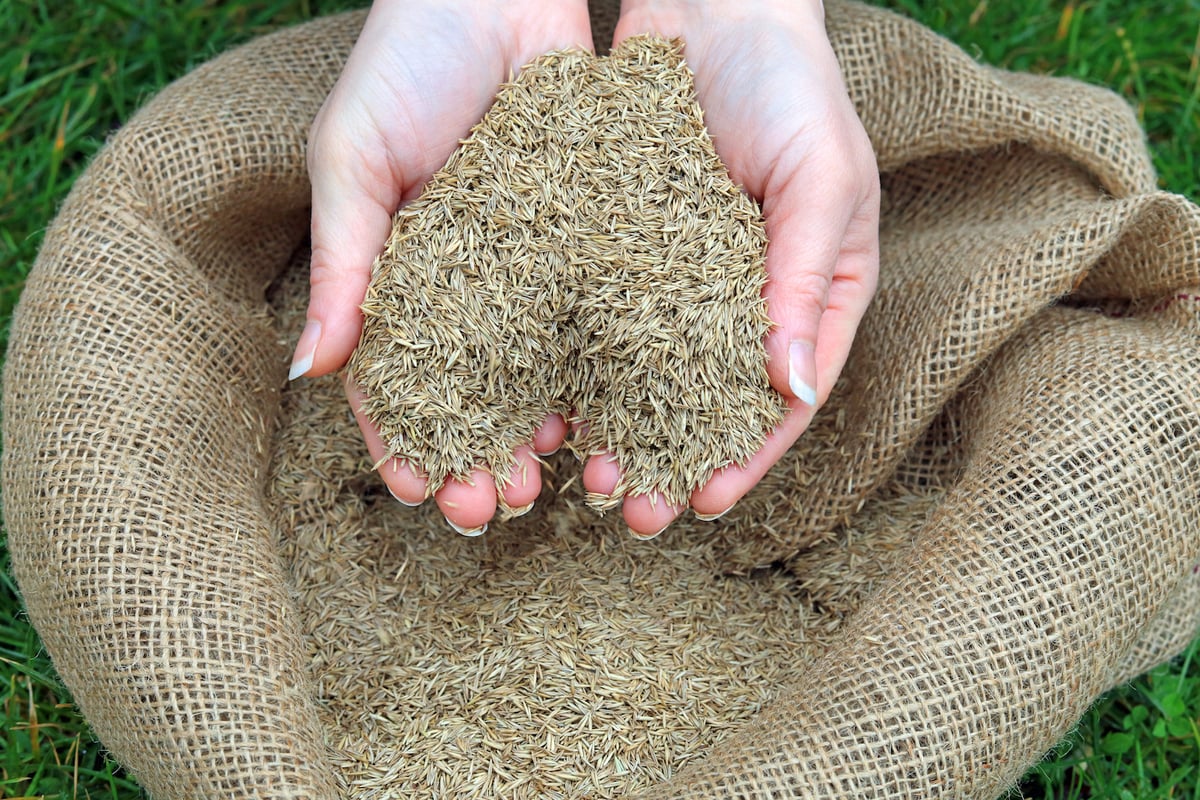
This is a question we receive often and have written the whole article on it, above. The problem with just tossing grass seed down on noticeable bare spots is that our clay-like soil here in Memphis, TN makes it difficult for that seed to germinate. It typically ends up sitting on top of the soil and not doing much.
The best practice is to have lawn aeration performed followed by overseeding.
When lawn aeration is performed first, it breaks up the clay soil, allowing your lawn to “breathe.”
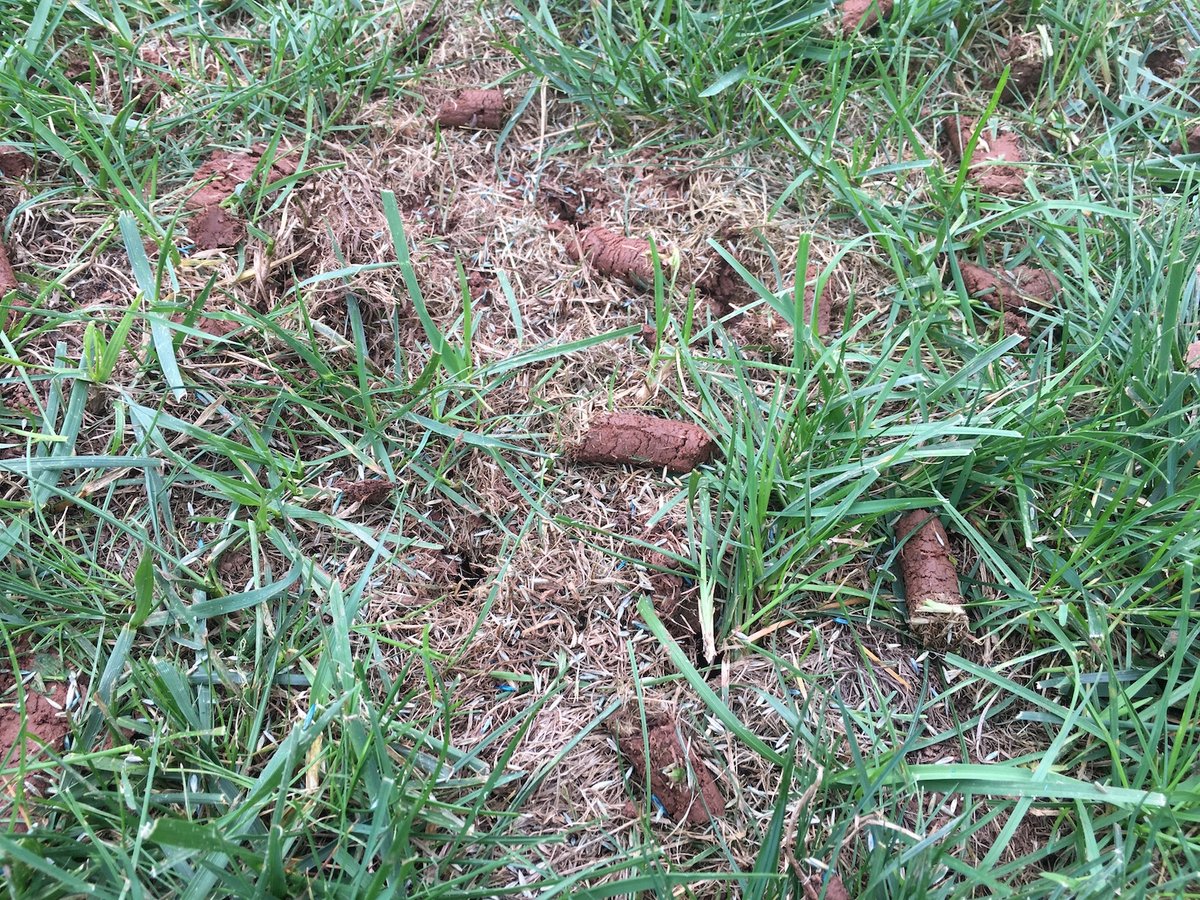
During an aeration service, small holes will be made by pulling out soil plugs (also called “cores”). This allows more oxygen, water, and nutrients to be able to penetrate down to the root zone where your existing lawn is already attempting to grow.
But when this service is followed by overseeding, then you’re also providing those new seeds the best chance at germination. That’s because you’re providing optimal seed-to-soil contact.
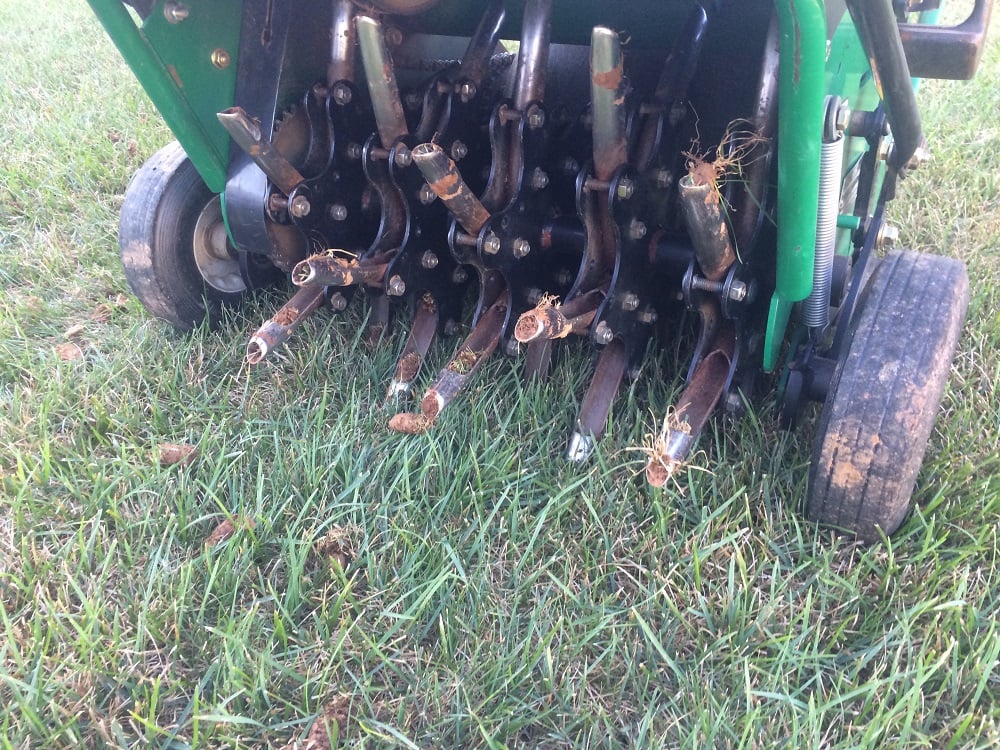
In other words, the seeds will fall into the holes that were created rather than just sitting atop the soil like they would if you were to just sprinkle grass seed on the existing lawn. This provides them with the best conditions to get started in their growth process. When the seed just sits atop of the soil, often it gets blown or moved before it even has a chance to try and grow.
Bare spots can undoubtedly be a major source of frustration. But fortunately, there are ways to get your lawn back on track.
At Master Lawn, we’re here to help fix the problems that are causing bare spots and also help you to fill those patches in with high-quality grass.
Once your lawn is restored, you’ll want to make sure that you’re using a lawn care program that will help keep your lawn in great shape. By choosing a great lawn care service in Memphis, TN or Northern MS, you can start to prevent bare spots in the first place and also continue to maintain the healthy lawn that you already have.
While bare spots might be really stressing you out right now, you should know that there are solutions. Going forward, a lawn care program will help to keep your lawn in great shape.
Are you ready for a lawn care program that helps you to address bare spots? Talk to a lawn care expert, choose from 3 program options, and become the master of your lawn.
Michael Hatcher is president of Michael Hatcher & Associates.
These Stories on Lawn Care
8255 Center Hill Rd
Olive Branch, MS 38654
8164 MS-178
Olive Branch, MS 38654
Phone: (901) 445-9336
Fax: (901) 853-7353
Copyright © Master Lawn | All Rights Reserved.